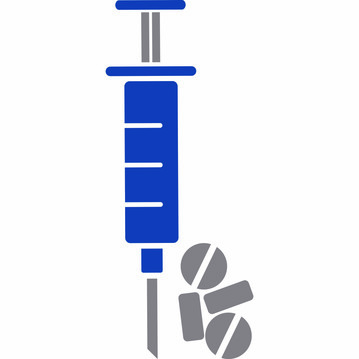 As of Jan. 14, the U.S. Department of Health and Human Services has expanded the access to medication-assisted treatment (MAT) by giving physicians exemptions from certain certifications required to prescribe MAT medication. This exemption only applies to drugs covered under the Controlled Substances Act, which notably excludes methadone. Physicians who plan to take advantage of this exemption will be limited to treating no more than 30 patients with buprenorphine for opioid use disorder (OUD). Studies have consistently shown that recovering patients with OUD are much less likely to relapse when utilizing MAT.
 A new study published in the New England Journal of Medicinestudied the use of naltrexone plus bupropion to treat methamphetamine use disorder (MUD). There is no medication that has been approved specifically for the treatment of MUD. Both drugs have shown positive effects in treating MUD independently, however their use in conjunction had not been tested until now. This studyassessed the safety and success of injectable naltrexone (every three weeks) combined with a daily dose of oral bupropion in comparison with the placebo in adult outpatients with moderate or severe MUD. On average at the end both stages of the study, 19.8% of the naltrexone-bupropion group participants had urine samples negative of methamphetamine (this showed that the medication combination was successful in terms of alleviating withdrawal symptoms and cravings) in comparison to the 12.8% methamphetamine-negative urine samples in the placebo group. Though the overall response in each stage of the study was low, the difference between the two groups was significant and speaks to the need for further exploration into medicinal treatment of MUD.
 The SAMHSA Center for Substance Abuse Treatmenthas started accepting applications for the 2021 fiscal year Grants to Prevent Prescription Drug/Opioid Overdose-Related Deaths. This program aims to decrease the number of fatal prescription drug/opioid overdoses and related adverse events among adults 18 years and older. The program emphasizes the training of first responders and other key community groups on the prevention of prescription drug/opioid overdose-related deaths and implementing secondary prevention strategies, including the purchase and distribution of naloxone to first responders.
Applications must be submitted on or before March 1.
|